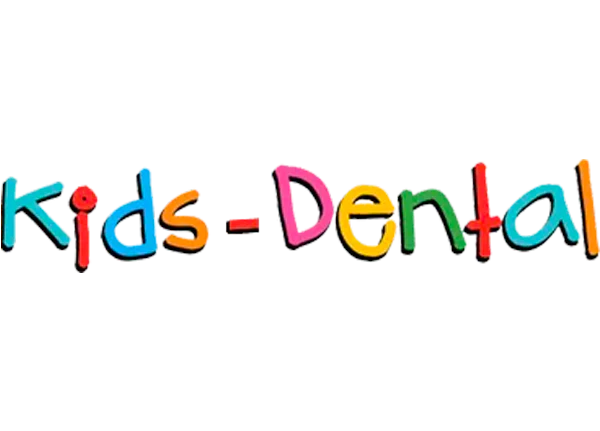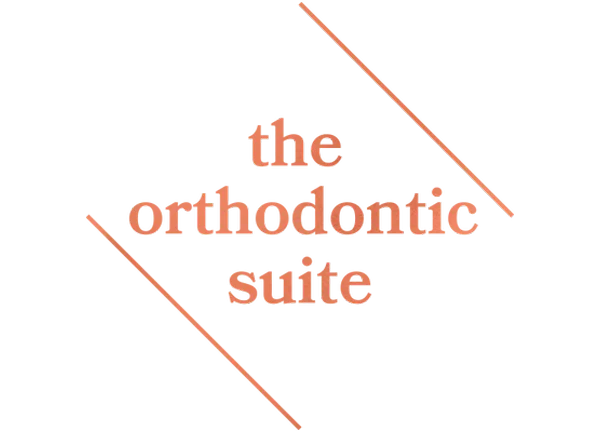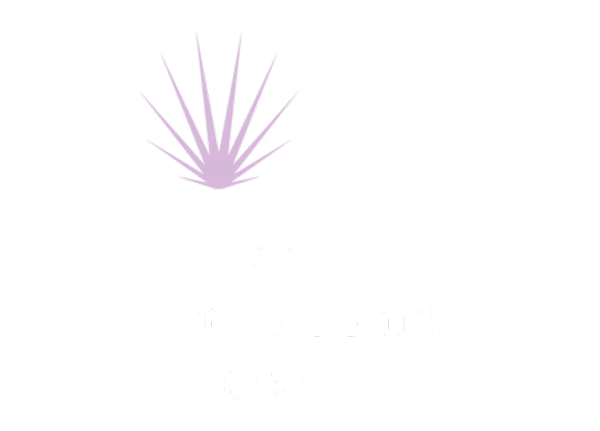If you are concerned about your teeth alignment, it is always worthwhile booking an appointment with a dental professional so they can assess the situation. From here, an orthodontist can recommend suitable teeth alignment treatments if they are necessary, to avoid these issues from worsening.
To learn more about types of teeth alignment, continue reading.
Types of Teeth Alignment Issues
Occlusion refers to your teeth’s alignment; your teeth should be sat in your mouth without crowding or spacing issues. When there are changes in your teeth alignment, this is known as malocclusion. While there are different types of malocclusion, all types of teeth misalignment should be addressed by a dental professional.
- Crowded Teeth - Lack of space in your mouth, which could potentially cause teeth to turn and become misaligned.
- Crossbite - When your mouth is closed, your teeth do not line up as expected against each other.
- Overbite - When your top front teeth are not aligned properly and instead extend in front of your bottom front teeth.
- Underbite - When your lower teeth extend in front of your upper teeth.
- Openbite - When you fully close your mouth and your top and bottom teeth do not meet each other.
Orthodontic Treatment for Teeth Alignment
When you notice teeth misalignment in your smile, it is important to book a dental appointment before it gets worse. Without treatment, you may begin to experience difficulties with simple tasks, such as biting, chewing and speaking. The chosen orthodontic treatment for teeth alignment is most often braces, with a variety of options to choose from.
- Fixed Braces have brackets fitted to the front of your teeth, with a wire fed through the brackets to create tension for teeth straightening.
- Lingual Braces are similar to fixed braces, but with the difference that they are instead fixed behind your teeth where they are much less likely to be seen.
- Removable Braces use a clear aligner which is regularly changed to gradually move your teeth into place.
Teeth Straightening at Home
Once you have received your teeth straightening treatment, it is important to understand and carry out the right care at home. The care routine you will need at home will depend on the treatment you have been provided and the advice given by your orthodontist.
When focusing on your teeth straightening progress at home, remember to carry out the right cleaning techniques. For example, with fixed braces you will need to take extra care in brushing your teeth, making use of interdental brushes to clean between your teeth and around brackets and wires. You should also avoid certain foods which could get caught in your brace. In contrast, removable aligners just need to be removed while you’re eating and brushing your teeth and should be cleaned before you fit them back in.
Visiting the Orthodontist for Teeth Alignment
If you are concerned about your teeth alignment, book your appointment today.
